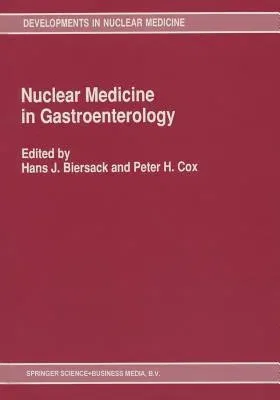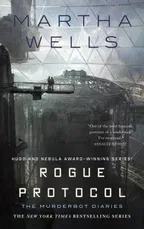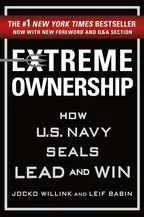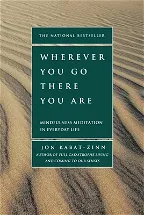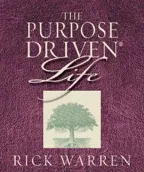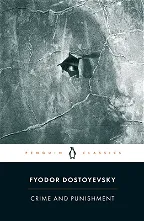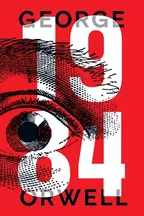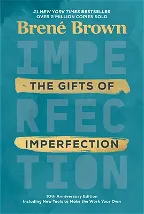During the last two decades significant advances have been made in the
in vivo-diagnosis of gastrointestinal diseases. Although Ultrasound and
CT as well as Endoscopy have had a major impact on the evaluation of
liver, pancreas and bile diseases, there are a lot of indications for
Nuclear Medicine procedures. These include new investigational
procedures like esophageal scintigraphy, proof of bleeding sites,
scintigraphy of inflammatory diseases, and intestinal resorption tests.
Further, immunoscintigraphy with radiol- elled antibodies has gained
wide-spread application especially in colon cancer. The differential
diagnosis of liver tumors like haemangioma and focal nodular hyperplasia
by means of blood pool and HID A-scintigraphy is nowadays a routine
procedure. Other established methods like hepatobiliary scintigraphy and
liver perfusion scintigraphy have proved to be reliable tools in the
pre-and postoperative evaluation of patients with bile duct obstruction
and portal hypertension. The aim of this book is to present the entire
spectrum of Nuclear Medicine in Gastroenterology to our colleagues from
internal medicine and surgery. Ultrasound and Sonography as well as CT
will rule the field of gastroenterology, but there remain a certain
number of unanswered questions. Nuclear Medicine provides a lot of
reliable answers. H. J. Biersack and P. H. Cox July 1990 VB List of
contributors Duncan M. Ackery, Department of Nuclear Medicine,
Southampton General Hospital, Tremona Road, Southampton, Hampshire S09
4XY, U. K. Roland Bares (co-author: U. Buell), Department of Nuclear
Medicine, Te- nical University of Aachen, Pauwelsstr. 1, DW-5100 Aachen,
Germany.
